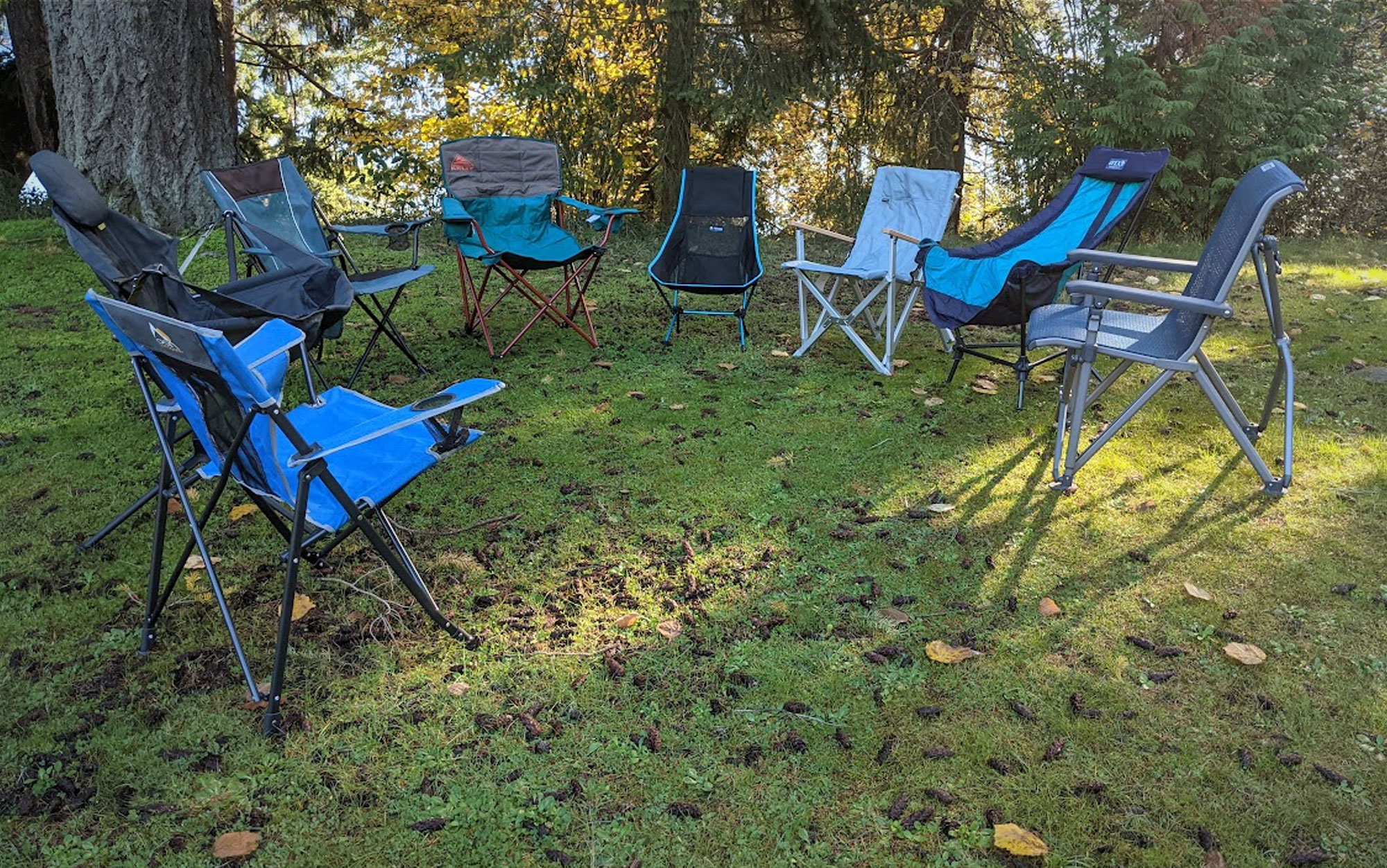9 Navy Seal Secrets All Preppers Need to Know
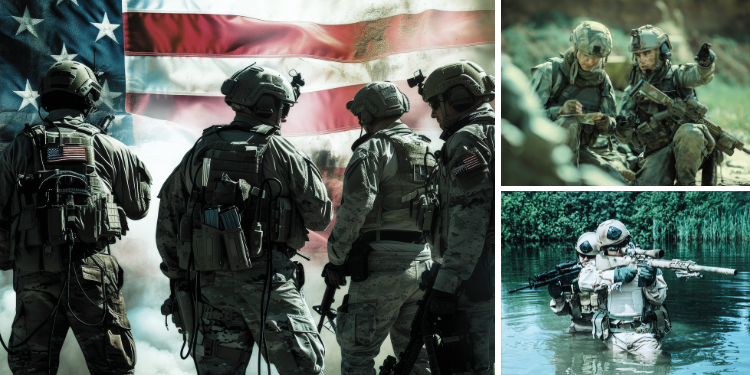
Navy SEALs, Marine Corps Recon, and other special forces divisions are elite fighting forces that receive extensive training for survival, resilience, and resourcefulness. Many of their skills translate directly into lessons that preppers can use to maximize their own security and survival chances.
The Importance of Physical Conditioning
We’ve all seen the training videos of Navy SEALs working out in the extreme to develop the toughness they need to survive. On the face it there’s a lot of truth here in that you need to be physically fit to survive in combat or operating behind enemy lines.
Applying the Lesson
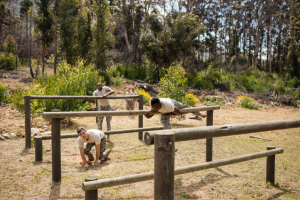 In a SHTF survival situation, being physically fit is critically important. When a situation goes sideways you typically need to act fast. You need to get to the car to bug out before the city streets clogged with traffic, or you need to get the supplies into the house.
In a SHTF survival situation, being physically fit is critically important. When a situation goes sideways you typically need to act fast. You need to get to the car to bug out before the city streets clogged with traffic, or you need to get the supplies into the house.
You might even need to get to the relief supplies to bring home your fair share before looters hoard them all.
Your chances of doing those things effectively go down drastically if you’re huffing and puffing after walking up a flight of stairs. Being physically fit means having the strength and stamina to make the most out of the opportunities that present themselves when a crisis strikes.
You don’t have to run on the beach carrying a log over your head to be physically fit enough to survive in a crisis. Half an hour of vigorous exercise a day, with some bodyweight and dumbbell exercises every other day is a great start.
As your physical fitness level improves, you can talk to a personal trainer about how to do more. Taking up a practical martial art like jujitsu or aikido might also be a good option to stay fit, while improving your self-defense capabilities.
Primitive Survival Skills & Bushcraft
Navy SEALs receive extensive training in survival skills and adaptive bushcraft. Many times, they do immersion training, where they go to an arctic, desert, or rainforest environment and they practice skills specific to that region.
Applying the Lesson
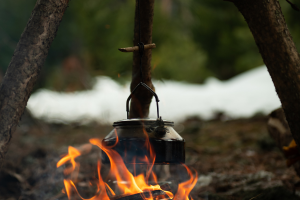 As a prepper, it’s not enough to simply be good at hunting, fishing, and tent camping on the weekends.
As a prepper, it’s not enough to simply be good at hunting, fishing, and tent camping on the weekends.
You need to be constantly practicing essential survival skills, such as fire-making, foraging, knot-tying, and making primitive shelters.
This isn’t about simply knowing how to do these things. It’s about practicing them to the point of understanding the little things that can go wrong. While also practicing the kind of skills applicable to the environment you’ll be surviving in. A good place to start is this complete guide on wilderness survival where you can find anything from how to make a fire even it’s raining outside to how to build a shelter to survive indefinitely if you need to.
When the cheap nylon rope from the hardware store frays too easily, you learn to use 550 cordage. When the magnesium rod in your fire-starting kit runs out, you know how to start a fire with a bow drill.
Having these skills practiced toward the point of mastery helps eliminate the little errors that could get you killed when a SHTF scenario does occur.
Developing Situational Awareness
One of the critical components of Navy SEAL training is learning to quickly observe, understand, and react to their surroundings. This heightened situational awareness often comes from something called the “OODA Loop” which stands for Observe, Orient, Decide, and Act.
Applying the Lesson
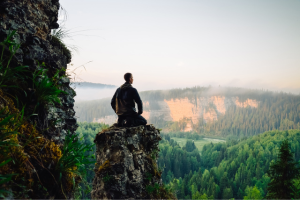 One of the things you can do to develop your situational awareness is to practice mindfulness and 360-degree vision.
One of the things you can do to develop your situational awareness is to practice mindfulness and 360-degree vision.
This starts with something as simple as adding 15 minutes of practical meditation to your morning.
Then follow this up by walking barefoot outdoors for 15 to 20 minutes a day. This isn’t about any sort of hippie “Connecting with the energy of the earth.” Try to walk in places with minor obstacles, like the dog park where there’s poop hiding in the tall grass, or the woods behind your house where there are roots on the trail.
The goal is to pick a path that forces you to pay attention to every step and make it mindfully. Being barefoot, instead of wearing shoes, adds incentive to get it right because your foot will feel discomfort when you get it wrong. This helps re-wiring your mind to pay attention to every little action.
Related: Why You Should Think Like a Navy SEAL Instead of a Doomsday Prepper
In time, you can start to apply your own version of the OODA loop. Maybe you walk into a crowded grocery store, and you have to pick the best order of aisles, and the fastest-moving checkout lane to get what you need and get out fast.
As your mindfulness training improves, I think you’ll find all kinds of everyday life situations to make a game of it. This prepares your brain to make smart choices in the moment when a crisis strikes.
Adaptability & Setting Small Goals
Navy SEALs are trained to often break down seemingly overwhelming tasks into smaller, manageable steps that are easier to accomplish. This is the next natural progression that comes with situational awareness, as being able to take in the whole picture helps to set more effective micro-goals.
Accomplishing small steps like this also builds a sense of accomplishment. This builds a situational winner’s mindset. All the little victories add up to significant success. If a micro goal fails, they simply adapt to different strategies that will accomplish the larger goal.
Applying the Lesson
By breaking your own goals down into small steps, you’ll find them easier to accomplish. This builds emotional and functional momentum in ways that you can easily apply to your everyday life.
You can start small. For example, maybe practice by cleaning up the kitchen. Start with rinsing the dishes and loading them into the dishwasher. Wipe down the stove and turn the oven onto the cleaning setting. Keep piling up those little goals and keeping them in your mental inventory, until the kitchen itself is sparkling clean.
Being Resilient
A lot of people who struggle with wilderness survival merely lack the mental and physical resilience to handle discomfort. This goes beyond physical conditioning, but also the mental aspects of leaving one’s comfort zone.
Navy SEALs prepare themselves to withstand adverse conditions, which builds their sense of resilience. It also breaks their desire to return to or get stuck in a comfort zone.
Applying the Lesson
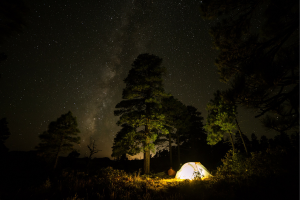 The easiest way to build your sense of resilience is to take tent camping trips. I recommend choosing fun and interesting locations, something with a vista, cool sunsets, or something rewarding to do. This helps wire your mindset to feel that enduring hardships and discomfort comes with a reward.
The easiest way to build your sense of resilience is to take tent camping trips. I recommend choosing fun and interesting locations, something with a vista, cool sunsets, or something rewarding to do. This helps wire your mindset to feel that enduring hardships and discomfort comes with a reward.
Then increase the rugged nature of your trips over time. Maybe you take a camping trip where you bike or hike. Maybe you try winter camping or take an overnight ice-fishing trip.
Related: Civil Unrest Myths You Need to Stop Believing
Not only does this toughen you up in ways that improve your ability to function in harsh conditions. It also helps you dial in a new skill set to maximize your adaptability. Not to mention having some epic experiences to share with friends and family.
Emergency Medical Skills
Basic first aid and trauma care are critical components of a Navy SEALs training. They undergo intense medical training, to be prepared for virtually any situation. This gives them the ability to treat each other’s wounds as well as their own. Not to mention knowing how to properly stow medical supplies or hide their wounds in combat.
Applying the Lesson
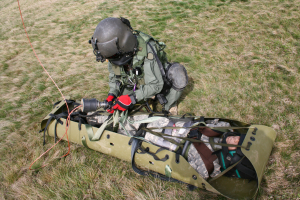 Your own preparedness training needs to go beyond a simple first aid kit and how to use it. Everyone in your group should be certified in CPR. You should also have an extensive medical kit that includes things like a suture kit, slings, and the means to do things like create a splint or cast.
Your own preparedness training needs to go beyond a simple first aid kit and how to use it. Everyone in your group should be certified in CPR. You should also have an extensive medical kit that includes things like a suture kit, slings, and the means to do things like create a splint or cast.
You should also check with the local American Red Cross chapter and nearby community colleges to see if they offer advanced emergency medical training. I also recommend having this book at home. One of the authors is a surgeon from Venezuela who developed some ingenious techniques that can be used when there’s no medical supplies available anywhere.
Water Sourcing & Purification
Navy SEALs are trained to be able to locate water in a wide range of environments as well as knowing how to filter and purify it. This includes rendering naturally sourced water safe to drink even if purification equipment isn’t available.
This includes techniques like collecting dew, capturing rainwater, using solar stills, and utilizing natural materials to filter water.
Applying the Lesson
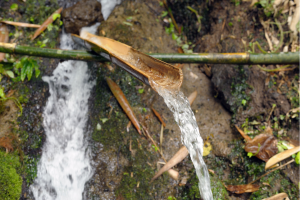 You can’t trust that you’ll always have a LifeStraw or even a fire to boil naturally sourced water.
You can’t trust that you’ll always have a LifeStraw or even a fire to boil naturally sourced water.
Ideally, you should familiarize yourself with both modern and makeshift filtration methods.
This includes practicing primitive water processing methods using multi-stage filters. Even a few water bottles full of gravel, sand, and charcoal can help filter water to the point where a solar still might be able to purify it.
Then when you go on the camping trips I suggested earlier, try your hand at different water collection methods. When you start feeling confident that you have several strategies that work, you can expand it to include different water storage methods. You can always try this awesome DIY device that extracts water out of thin air, perfect for a crisis or simply if you want to be more self-sufficient.
Having a Rendezvous Point
When Navy SEALs go into the field, they always have one or potentially multiple rendezvous points. These are places where every member of the team knows how to meet up if they get separated. Often, it’s a place with reasonable cover or where they can safely regroup to reassess the situation.
Applying the Lesson
This lesson is very important for preppers who can’t always remain in a central location. Let’s say one or two members of your family commute a significant distance to work or school. Then a disaster happens, and you lose communication.
If it’s bad enough that you need to bug out, having a place to regroup helps reunite you with your loved ones. You can then move on to a more secure safehouse or bug-out destination.
Discrete Communication
In stealth combat situations Navy SEALs often use hand signals or other silent cues to covertly communicate. This includes things like special hand signals, single code words, and using flashlights to communicate coded information.
Applying the Lesson
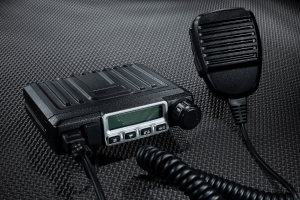 If a prolonged crisis strikes, you and your family members might communicate information discretely under duress.
If a prolonged crisis strikes, you and your family members might communicate information discretely under duress.
Having some basic, unique hand signals everyone knows and being versed in Morse code is a good starting point.
You can find a post-SHTF communication blueprint from a guide of a former Navy SEAL he wrote to help people like you and me to get through any kind of disaster.
It’s also a good idea to make sure all the key members of your group have multiple-frequency walkie-talkies or emergency radios. Then establish protocols for checking in during emergencies.
Final Thoughts
Navy SEALs are trained to be able to handle anything a hostile environment throws at them. While you’re likely not going to be slipping behind enemy lines to take out a hostile or rescue an intelligence asset, there are still elements of SEAL training that can increase your own survival chances when SHTF.
This starts with going on more primitive tent camping trips. Each time, find a new skill to work on or a new adventure that pushes your comfort zone. Not only will you add more bushcraft and survival skills to your arsenal, but it will improve your physical fitness as well as your physical resilience.
Adding mindfulness and situational awareness habits into your everyday life will also help sharpen your mind. Not only are these skills advantageous in your normal life, but they can give you a mental edge when a disaster strikes in the future.
You may also like:
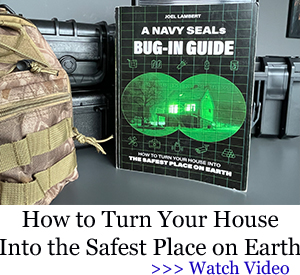 My Grandmother’s Favorite Poultice To Treat Infections
My Grandmother’s Favorite Poultice To Treat Infections
The First States That Will Go Down When SHTF. Do You Live in the Red Zone? (Video)
12 Plants That Make Soft Toilet Paper
6 Ways to Outfox HOA
DIY Rainwater Harvesting System
Read the full article here





